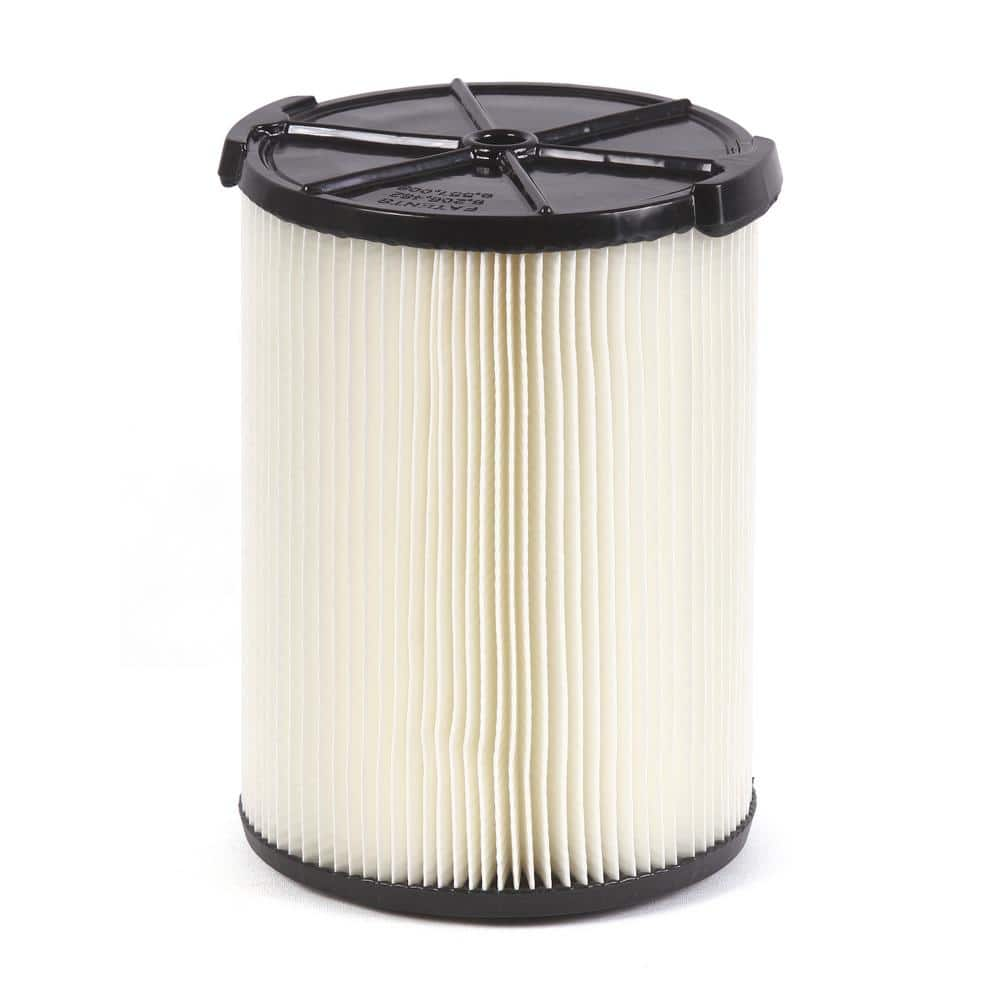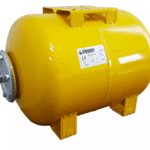Many contractors turn to a Ridgid Shop Vac when controlling the dust and trash on a job site. They are durable, adaptable, and affordable and come in various styles to suit different cleaning chores.
Their main benefit is their ease of use: simply turn it on, direct the collector toward a mess, and empty the bucket. Nevertheless, taking your Ridgid Shop Vac for granted is simple, and nothing is particularly noticeable until you need it and it breaks.
Despite the simplicity of their construction, a few essential maintenance tips can considerably increase the life of your vacuum and help you save money and time. One of these is ensuring that the Ridgid Shop Vac filter is always clean.
Replacing the dirty Ridgid Shop Vac filter is recommended by most experts. However, cleaning the dirty ones can help restore your vac’s suction and capability without spending much money.
Table of Contents
How to Clean Ridgid Shop Vac Filter: Step by Step Guide
This article will walk you through the steps involved in cleaning the Ridgid Shop Vac Filter after completing the dirty work.
How to Clean Ridgid Shop Vac Filter: Materials and Tools
Below are some of the materials you will need to clean the dirty Ridgid Shop Vac filter
- Mask
- Work gloves
- Safety glasses
- Trash cans
- Air compressor
- A bucket with warm soapy water
- A garden hose
Step 1: Wearing a Mask
A Ridgid Shop Vac collects a lot of nasty particles when utilized. When cleaning the filter, these particles are released into the air.
To avoid inhaling the particles, ensure you clean the filter outside and wear a mask or a respirator.
Step 2: Knock the Dust Loose
Most Ridgid Shop Vac filter cleaning is pretty straightforward: Take out the filter, then thrash it against the garbage can’s side. However, this produces a lot of dust, so think about using this method instead:
Put on some work gloves, then grasp the filter with one hand. Place the hand with the filter in a trash bag and utilize your other hand to seal the trash bag around your arm.
To remove the dust, smack the filter against a hard surface several times and then allow the dust to settle. Release the trash bag when the dust has settled for a minute or two.
Step 3: Dig Out the Dried Dirt
It might not be possible to eliminate the accumulation along the rubber seal or between the pleats by just banging the Ridgid Shop Vac filter. utilizing a brush to attack such dirt can be tempting, but the bristles will damage the paper.
The best method is gently scraping them out with a putty knife or smooth plastic scraper. To avoid discarding the filter, take care not to pierce the paper with the scraper’s tip.
Step 4: Utilize Compressed Air to Eliminate Embedded Dust
It’s time to remove the embedded particles now that most of the dust, hair, grime, and other debris have been cleared away. It’s a good idea to wear safety glasses if working with compressed air to prevent flying particles from getting into your eyes.
Lower your compressor’s pressure to about 40 PSI and utilize an air chock to blow the embedded particles loose. Spray your filter from the outside and then from the inside. Be careful not to rip the paper pleats or permanently deform them with excessive pressure.
Step 5: Wash the Ridgid Filter in a Bucket of Warm, Soapy Water
Bath the Ridgid Shop Vac filter to remove the leftover dirt.
Get a bucket full of warm soapy water and soak the Ridgid Shop Vac filter for around ten minutes. After soaking, repeatedly plunge the Ridgid Shop Vac filter up and down to flush out any remaining dust, debris, or oil particles.
Rinse the filter with a garden hose after the bath to get the soapy water out of the pleats.
Step 6: Let the Ridgid Shop Vac Filter Dry
The filter may be almost as good as new, but it is not yet ready to resume its function. It must first dry.
When a wet filter is reinserted into a Shop Vac, and the machine is used, the dirt rapidly clogs the filter and turns it into a concrete substance. In addition, leaving a damp filter in a Shop Vac while not using it might lead to the growth of mold and mildew.
Allow the filter to dry completely in the sun for a few hours. Use the air chuck to blow some of the water out of the pleats to speed up the process.
With time, the Ridgid Shop Vac’s filter pleats will deform, and the paper will thin. This will cause the filter to be less effective, requiring you to replace it with a new one. Thus, it is essential to keep your Shop Vac’s parts list ready. But with those steps for cleaning a Ridgid Shop Vac filter discussed in this article, you will manage to restore your vacuum’s suction and capability.
Frequently Asked Questions
Why is Your Shop Vac Losing Suction?
If there is a clog in the hose or dirty filters, your Shop Vac can lose suction. To troubleshoot, detach the hose from the vacuum. Next, put your hand at the opening of the tank inlet and switch on your Shop Vac. The issue is with the vacuum hose or the accessories.
Can Ridgid Shop Vac Filters Be Washed?
You can wash your Ridgid Shop Vac filters, dry them, and reuse them. However, it is advised that you replace the filters with new ones in order to enhance Vac’s performance and extend its life.
How Long Do Ridgid Shop Vacs Filters Last?
Ridgid Shop Vac filters are designed to last up to 700 hours.
Can You Use a Shop Vac Without a Filter?
It is possible to utilize a Shop Vac without a filter. However, this puts you at risk of clogging the vacuum and eventually breaking it down. Another thing likely to occur if you utilize the wet dry vacuum without a filter is dust blowing back on your face.
Does the Ridgid Wet Vac Require a Filter?
When dry vacuuming, the Ridgid Wet/Dry Vac uses a filter to minimize dust. To vacuum liquids, the filter must be removed.


